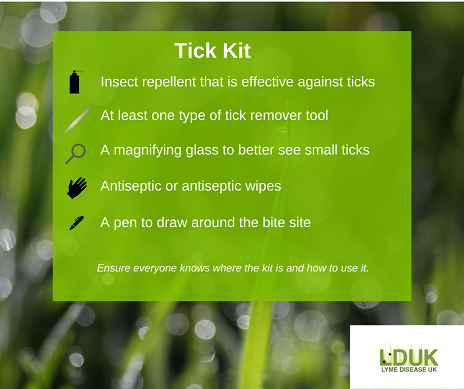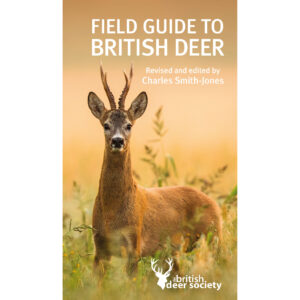Be Tick Aware!
Share article:
Article by:
BDS, The British Deer Society, British Deer Society
Increased Risk During Spring and Early Summer
The risk of acquiring a tick bite increases during springtime, with peak times from April to June, meaning there is no better time to refresh your precautions and help spread the word on being tick aware.
In the UK, when we talk about ticks we tend to refer to Ixodes ricinus, more commonly known as the sheep, castor bean or deer tick. This type of tick is known as the principal vector of Lyme Disease.
Lyme disease is a bacterial infection that can be spread to humans by infected ticks. It’s usually easier to treat if it is diagnosed early.
Early symptoms of Lyme disease in humans may include mild flu-like symptoms including:
- a high temperature, or feeling hot and shivery
- headaches
- muscle and joint pain
- tiredness and loss of energy
More serious symptoms may develop several weeks, months or even years later if Lyme disease is left untreated or is not treated early on.
This is why it’s important to be tick aware to help prevent tick bites and Lyme Disease.
The following guidance from the UK HAS can be used to reduce the chance of acquiring a tick bite.
- When outside, regularly check your clothing and exposed skin for ticks and brush them off immediately.
- If you can walk on clearly defined paths to avoid brushing against vegetation where ticks may be present.
- Wear light coloured clothing so that ticks crawling on clothing can be spotted and brushed off immediately.
- Use an insect repellent that can repel ticks and prevent them from climbing onto clothing or attaching to the skin (always follow the manufacturer’s guidance).
- Consider wearing long trousers and long-sleeved tops to reduce the direct exposure of ticks to your skin, making it more difficult for them to find a suitable area to attach.
In addition, Lyme Disease UK recommends having a tick kit to help prevent, spot and remove ticks safely.
Please help us continue to speak up for deer by donating using the box below.












